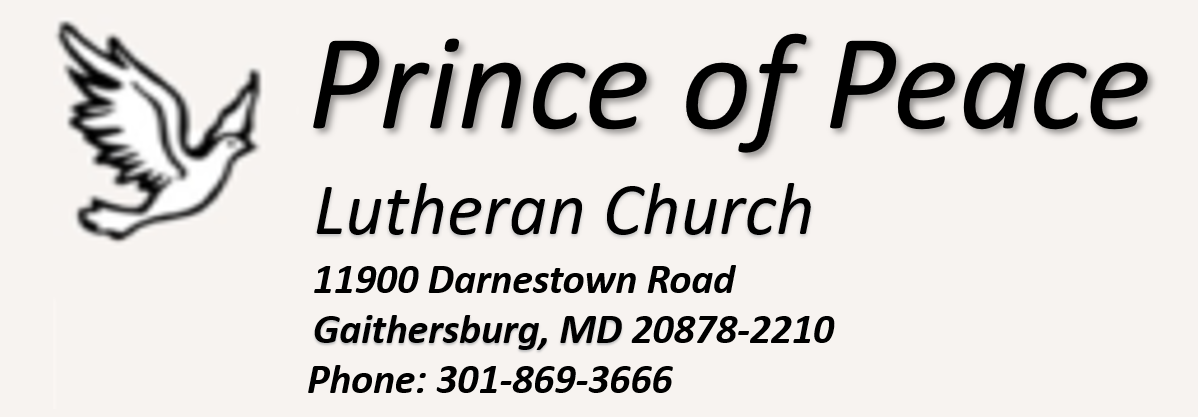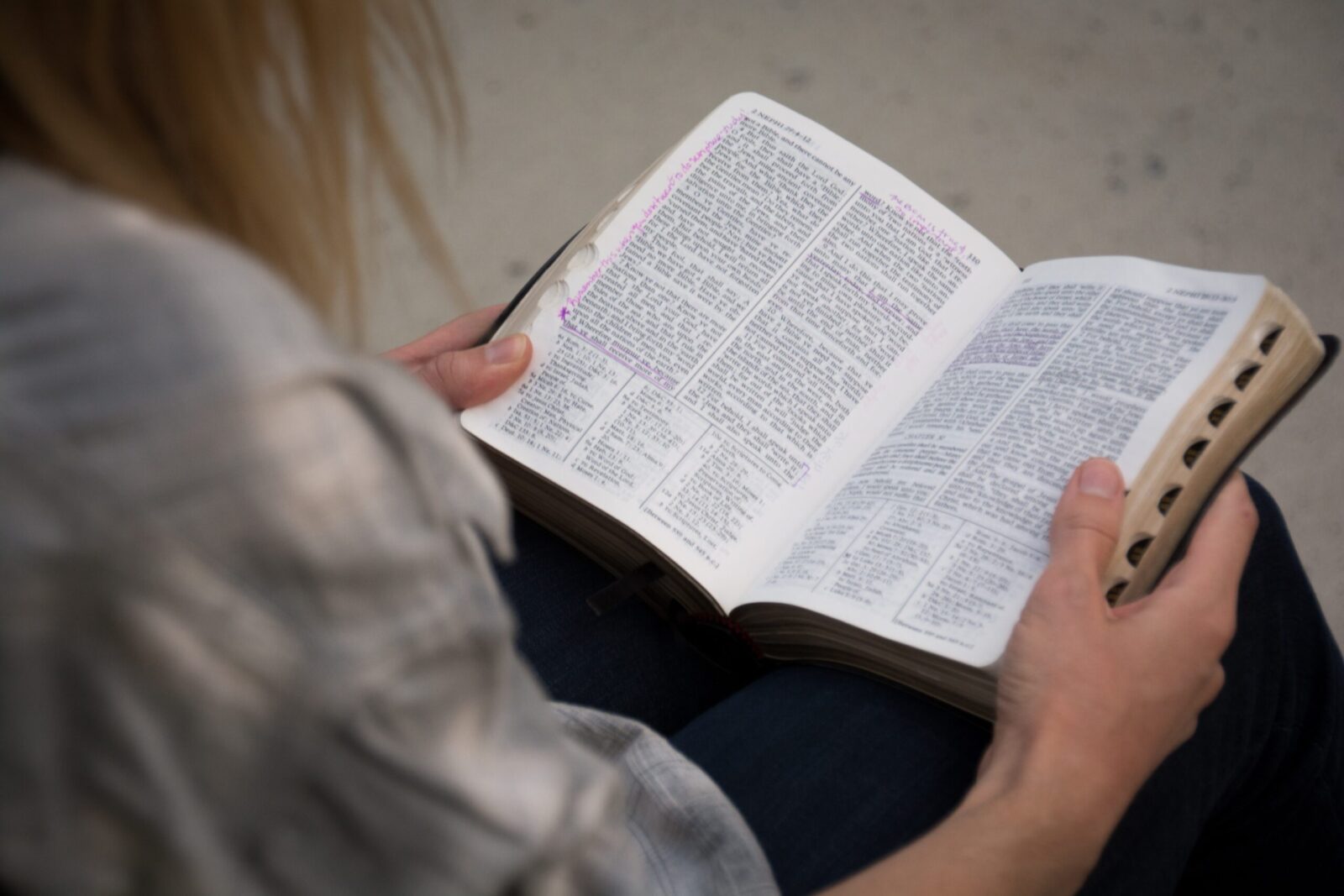Christmas Continues (First Sunday of Christmas)
Sermons on YouTube…
The time between Christmas Day and New Year’s Day is always a reminder to me of the difference between the way the church celebrates Christmas and our society celebrates Christmas.
For at least the last few hundred years, the season of Christmas in the church year has been Christmas Day and the eleven days following it (the 12 days of Christmas isn’t just a song!) But in the society around us, at least for the last few decades in the United States, the Christmas season begins just a little before Halloween, and comes to a dead stop after Christmas Day!
By December 26, the Christmas music has disappeared from our radio stations. All the Christmas ads have been replaced by New Year’s ads. And Valentine’s Day candy has begun to appear in the stores.
And even though we continue to celebrate Christmas in the church, it feels like Christmas is over. The hype is gone. The expectation is past. And quite frankly, a lot of us are still exhausted and glad that nobody really expects a lot of work to get done between Christmas and New Year’s Day.
And so it is that these days between Christmas Day and New Year’s Day, even though they’re part of the Christmas season, sometimes don’t feel much like Christmas. Many people use these days to:
- Travel home from wherever they’ve gone, or they’re getting ready to travel back to school for the beginning of next semester…
- Catch up on errands that they couldn’t get to in the rush before Christmas… (on the fourth day of Christmas, I was working on worship planning for Lent!)
- Spend a little more “quality time” with some of their relatives… (which can be great – after all, when everybody is still home we can all be together for a baptism! But, sometimes it can also be a little more stressful if some of the more eccentric family members stick around!)
But actually, as today’s Gospel reading reminds us, all of these things are precisely how the Christmas story continues. At least as Luke tells the story, Mary and Joseph journeyed from Nazareth to Bethlehem at a particularly inconvenient time. Mary was 9 months pregnant. Everybody had to travel because of the census, and because of that there was no room in the Inn when they arrived in Bethlehem. So Jesus was born while they camped out in a stable.
And there were shepherds and angels, and all kinds of activity that would have kept them up all night even if they didn’t have an infant to care for. And that’s mostly what we think of as the Christmas story. It’s over, we think.
But it’s not. At least not for Mary and Joseph. They, too, had to spend a few days recovering. But then they also needed to do what we all have to do in the days we think of as “after Christmas.”
Mary and Joseph needed to:
- Travel home – after all, they had only come to Bethlehem for the census, and Joseph needed to get back to work. And so traveling home was the first order of business as soon as Mary was able to travel…
- Get some errands done – Luke points out that, according to the Law of Moses, they were supposed to offer a sacrifice upon the birth of a first-born son. And, since they were just a few miles south of Jerusalem and it was one the way, they might as well stop and do that errand while they were there… (to give an idea of the distance, stopping by Jerusalem on the way back from Bethlehem would be like stopping by Gaithersburg from Rockville on the way back to Philadelphia.)
- Spend some quality time with some really eccentric family members – at least, eccentric members of their family of faith, Simeon and Anna. There’s no indication Mary and Joseph knew either of these two. Simeon and Anna just walked up to them and started telling them “amazing” things, not unlike some people at our family gatherings…! (by the way, the word for “amazed” here probably means “wondering what the heck this guy is talking about!”)
But you know what, all of this is still part of the story of Jesus’ birth. It’s still part of the Christmas story. It’s still part of the story of how God comes into the real, everyday lives of ordinary people.
Jesus had no “speaking part” in this story, but he was still there nonetheless. Jesus was still part of the journey. And Jesus was still transforming lives, simply by his presence.
And that’s an important part of the Christmas story that we often overlook. Or, maybe we’re just too tired to remember it at this point in the Christmas season! But the message of Christmas is that Jesus is with in all of our journeys – even the ones we think of as just our normal commutes. The message of Christmas is that Jesus is working in us and through us, often simply through our regular, everyday errands. And the message of Christmas is that Jesus is always working in and through us to change and transform lives, even through interactions we have with other people that just may seem a little odd and confusing at the moment.
Amen.

